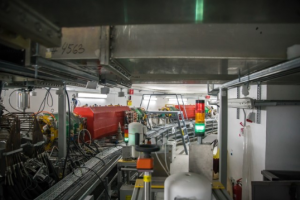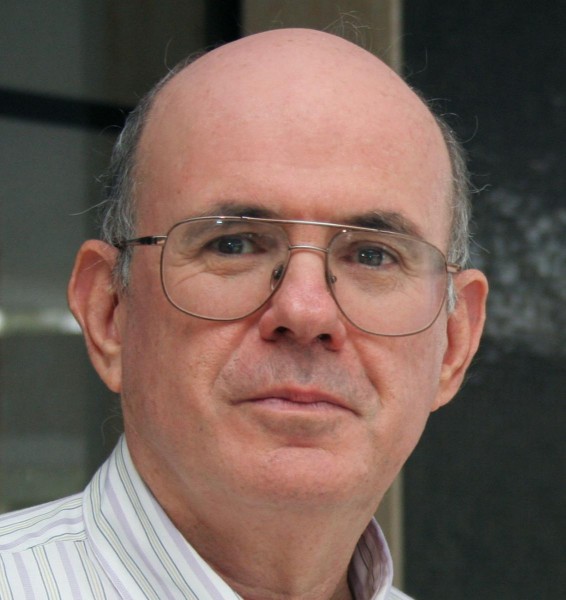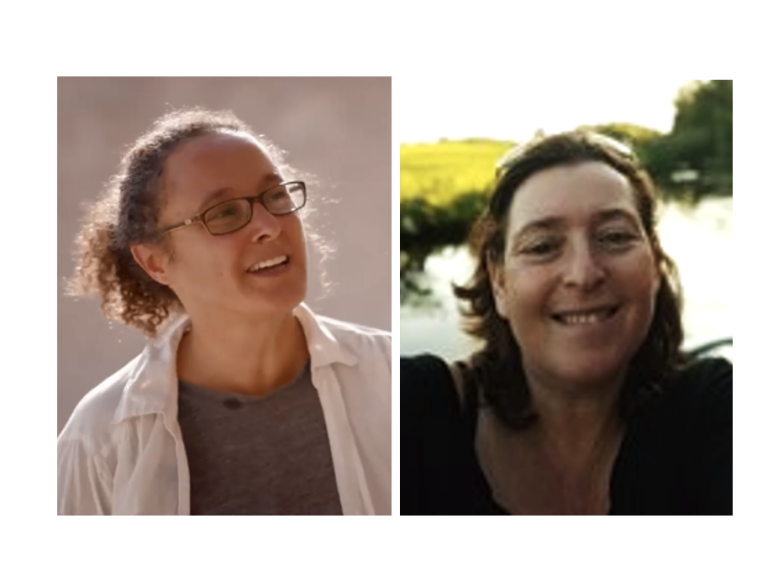Israël, Iran, Chypre, Turquie, Égypte, Jordanie, Pakistan, l’AP : l'accélérateur de particules est opérationnel

[:fr]Le 12 janvier 2017, le premier faisceau d’électrons a été créé et a réalisé un premier tour dans l’accélérateur de particules du projet SESAME. C’était à l’origine un projet de l’UNESCO, mais il est devenu un projet indépendant intergouvernemental en 2004, ralliant un très grand nombre de pays du Moyen-Orient.
Le projet initial est constitué de sept faisceaux lumineux. Le premier construit sera voué à l’analyse des sols et de l’air, potentiellement avec un point de vue environnemental. Un second faisceau sera dédié à l’étude des cellules vivantes et à celle des tissus. Un troisième faisceau sera consacré à l’étude de la structure des protéines, domaine essentiel pour la compréhension de l’être humain à l’échelle atomique qui a déjà rapporté un prix Nobel en 2009 à deux Américains et une Israélienne.

SESAME (Synchrotron-light for Experimental Science and Applications in the Middle East) est un projet scientifique de grande envergure lancé en 1999 et qui voit enfin le jour. Il a pour objectif la création et l’utilisation d’une source de lumière synchrotron de troisième génération. Situé en Jordanie (Al-Balqa’ Applied University), il sera le plus important des centres de recherche international du Moyen-Orient. Les membres de SESAME sont Chypre, l’Egypte, l’Iran, Israël, la Jordanie, le Pakistan, l’Autorité palestinienne et la Turquie.
Cet accélérateur de particules se différencie du LHC du CERN. Dans le projet SESAME, l’objectif est de créer une source de lumière à la fois pure et intense. Cette lumière pourra permettre d’observer de manière unique des objets allant de la taille des cellules humaines à celle des atomes (10-10 m). Pour ce faire, les électrons sont accélérés à une vitesse proche de celle de la lumière et emmagasinés dans un anneau de 133,2 m de circonférence. Ces électrons vont produire une lumière particulière qui sera ensuite redirigée vers des alcôves équipées pour de nombreuses expériences.
 Pr Eliezer Rabinovici, Vice-président de SESAME, Université Hébraïque de Jérusalem
Pr Eliezer Rabinovici, Vice-président de SESAME, Université Hébraïque de Jérusalem
SESAME est une porte qui s’ouvre sur de nombreux champs de la recherche. Ce projet pourrait élucider des problèmes scientifiques complexes.
SESAME constitue également un excellent moyen de maintenir une collaboration scientifique entre des pays parfois divisés politiquement et de réunir chacun des partenaires pour empêcher la fuite des scientifiques les plus brillants vers l’étranger.
Sources : SESAME, futura-sciences, theguardian, France24, Unesco, nobelprize
Rédacteur : Samuel Cousin, Post-doctorant à l’Institut Weizmann
Source BVST[:en]SESAME (Synchrotron-light for Experimental Science and Applications in the Middle East) is a “third-generation” synchrotron light source under construction in Allan (Jordan). It will be the Middle East’s first major international research centre. A beam circulated for the first time in the pioneering SESAME synchrotron. Following the first single turn, the next steps will be to achieve multi-turns, store and then accelerate a beam. This is an important milestone on the way to research getting underway at the first light-source laboratory in the Middle East. SESAME (Synchrotron-light for Experimental Science and Applications in the Middle East) was established under the auspices of UNESCO before becoming a fully independent intergovernmental organisation in its own right in 2004. SESAME’s Members are Bahrain, Cyprus, Egypt, Iran, Israel, Jordan, Pakistan, the Palestinian Authority and Turkey. Its mission is to provide a world-class research facility for the region, while fostering international scientific cooperation. The first call for proposals to carry out research at SESAME was recently issued.

“This is a very proud moment for the entire SESAME community,” said Pr Khaled Toukan, SESAME Director. “SESAME is now opening for business.”
SESAME, which stands for Synchrotron-light for Experimental Science and Applications in the Middle East, is a light-source; a particle accelerator-based facility that uses electromagnetic radiation emitted by circulating electron beams to study a range of properties of matter. Experiments at SESAME will enable research in fields ranging from medicine and biology, through materials science, physics and chemistry
to healthcare, the environment, agriculture and archaeology.
 Pr Eliezer Rabinovici, Vice-président de SESAME, Université Hébraïque de Jérusalem
Pr Eliezer Rabinovici, Vice-président de SESAME, Université Hébraïque de Jérusalem
Today’s milestone follows a series of key events, including the establishment of a Middle East Scientific Collaboration group in the mid-1990s. This was followed by the donation of the BESSY1 accelerator by the BESSY laboratory in Berlin.
Refurbished and upgraded components of BESSY1 now serve as the injector for the completely new SESAME main ring, which is a competitive third-generation light source built by SESAME with support from the SESAME Members themselves, the European Commission, CERN and Italy.
“This is a great day for SESAME,” said Professor Sir Chris Llewellyn-Smith, President of the SESAME Council. “It’s a tribute to the skill and devotion of the scientists and decision-makers from the region who have worked tirelessly to make scientific collaboration between countries in the Middle East and neighbouring regions a reality.”
The first circulating beam is an important step on the way to first light, which marks the start of the research programme at any new synchrotron light-source facility, but there is much to be done before experiments can get underway. Beams have to be accelerated to SESAME’s operating energy of 2.5 GeV. Then the light emitted as the beams circulate has to be channelled along SESAME’s two day-one beam lines and optimised for the experiments that will take place there. This process is likely to take around six months, leading to first experiments in the summer of 2017.
Source [:]







